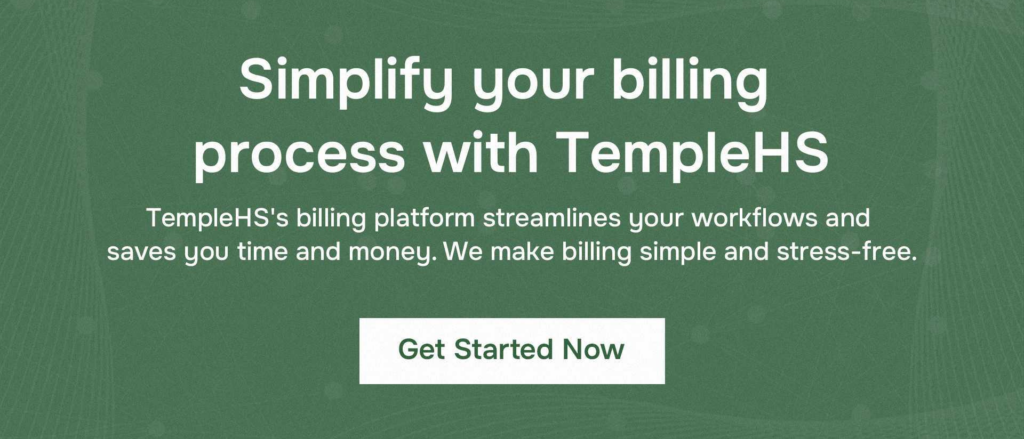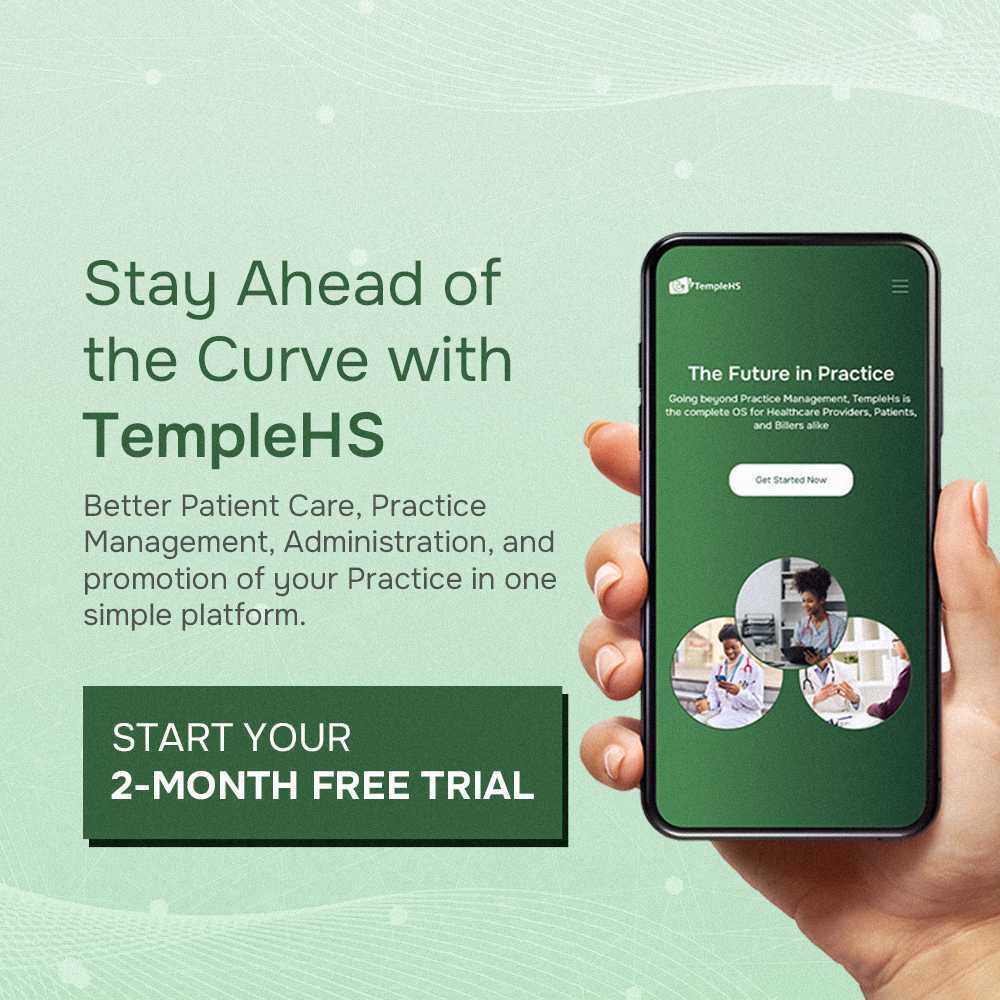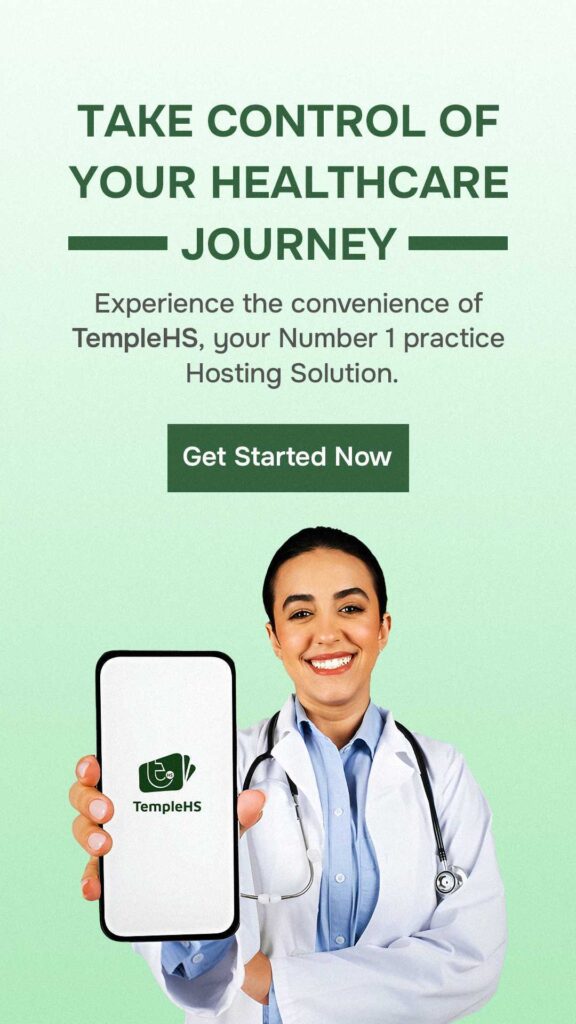Gathering patient feedback is essential for improving healthcare services. It provides direct insights into patient experiences, satisfaction, and expectations. Implementing straightforward methods to collect this feedback can streamline the process for both patients and healthcare providers, leading to actionable data and, ultimately, better patient care.
This post outlines the effective, uncomplicated strategies for obtaining patient feedback, focusing on methods that can be easily integrated into daily healthcare operations without causing disruption or requiring extensive resources.
Why is Patient Feedback Important
1. Helps to Enhance the Quality of Care
Patient feedback provides direct insights into the quality of care from the patient’s perspective. It allows healthcare providers to understand what is working well and what needs improvement. For instance, feedback can highlight areas such as the effectiveness of communication, the efficiency of services provided, and the empathy shown by healthcare staff. By addressing these areas, healthcare facilities can tailor their services to better meet patient needs, which can lead to increased patient satisfaction and improved health outcomes.
2. Improving Patient Experience
Understanding the patient experience is vital for creating a patient-centered healthcare environment. Patients who are given the opportunity to express their concerns and opinions often feel more valued and understood. This feedback can reveal specific aspects of the patient journey that need refinement, from the comfort of the waiting room to the clarity of discharge instructions.
3. Service and Operational Efficiency
Feedback can serve as a performance indicator for the operational aspects of healthcare services. Patients may provide practical insights into appointment scheduling systems, wait times, and the accessibility of services. This type of feedback is invaluable for streamlining operations, reducing unnecessary delays, and optimizing resource allocation. By making services more efficient, healthcare providers can reduce frustrations and ensure that patients are receiving timely and convenient care.
4. Safety and Risk Management
Patients are uniquely positioned to observe areas within the healthcare system that could present safety risks, often noticing issues that staff may overlook. Feedback might uncover critical safety concerns, such as medication errors, inadequate infection control practices, or lapses in communication that could lead to adverse events. Addressing feedback related to safety can prevent harm to patients and reduce the risk of costly litigation or reputational damage. It emphasizes the commitment of the healthcare facility to patient safety and quality care.
Simple Ways to Gather Patient Feedback
1. Surveys
Surveys are a classic tool for collecting patient feedback due to their structured format and ease of analysis. By asking specific questions, healthcare providers can gather quantitative data that measures patient satisfaction and experiences with various aspects of service. These surveys can be offered digitally upon completion of a visit or sent via email, making it convenient for patients to participate at their leisure. To maximize response rates, surveys should be brief, relevant, and user-friendly, focusing on key performance indicators relevant to patient care and experience.
2. Feedback Forms
Feedback forms, often available at the point of care, enable patients to share their thoughts immediately following their appointment or procedure. This method can yield valuable real-time insights into patient sentiments. Forms should be concise and strategically placed in exit areas or presented by staff to encourage participation. Clear prompts and a mix of open-ended and close-ended questions can help gather comprehensive feedback while allowing patients to quickly and easily express their opinions.
3. Website
A healthcare provider’s website can serve as an effective platform for gathering patient feedback. A dedicated feedback section, accessible from the homepage, invites patients to share their experiences directly with the provider. This method can also be passive, where patients choose to leave feedback at their convenience, reducing pressure and possibly leading to more honest responses. Regular monitoring of this feedback channel is necessary to address any issues raised and to implement improvements.
4. Social Media
Social media platforms offer a unique and informal way to collect patient feedback. Patients often use these platforms to share their healthcare experiences with a broader audience. Monitoring comments, direct messages, and reviews on social media can provide healthcare providers with unsolicited and genuine patient perspectives. Engaging with patients on these platforms by asking for feedback or responding to comments can also enhance provider-patient relationships and show an organization’s commitment to listening to their patients.
5. Calls
Post-appointment calls are a personal approach to collecting patient feedback. A staff member can reach out to patients to inquire about their experience, addressing any issues that may have arisen and gauging overall satisfaction. This method allows for immediate clarification and the chance to probe deeper into any concerns presented by the patient. Calls can be especially effective for capturing the feedback of less tech-savvy patients who may not engage with digital tools as readily.
Use TempleHS Chat Feature to Gather Patient Feedback
TempleHS’s chat feature presents a modern, interactive, and user-friendly way to gather patient feedback within the app’s ecosystem. This feature can be leveraged to create a direct line of communication between patients and healthcare providers, facilitating real-time feedback and conversation.
To implement this, healthcare providers can initiate a chat prompt after each visit or interaction, asking patients to share their experiences. The prompt could include specific questions about the service received, the environment, and the patient’s overall satisfaction. The informal nature of a chat interface may encourage more open and candid responses, making it easier for patients to express their concerns or compliments.
Moreover, the chat history provides a documented timeline of patient interactions, which can be valuable for addressing individual patient issues and identifying broader trends in patient feedback over time. Providers can analyze these conversations to uncover areas for improvement and to make data-driven decisions to enhance their services.
Conclusion
Employing simple yet effective methods to gather patient feedback can significantly enhance the quality of healthcare services. By utilizing the strategies discussed, healthcare providers can collect valuable insights that can lead to improved patient satisfaction, better outcomes, and a more patient-centric approach to care. It’s crucial to ensure that the process of feedback collection is as effortless as possible for patients, encouraging participation and honesty.



